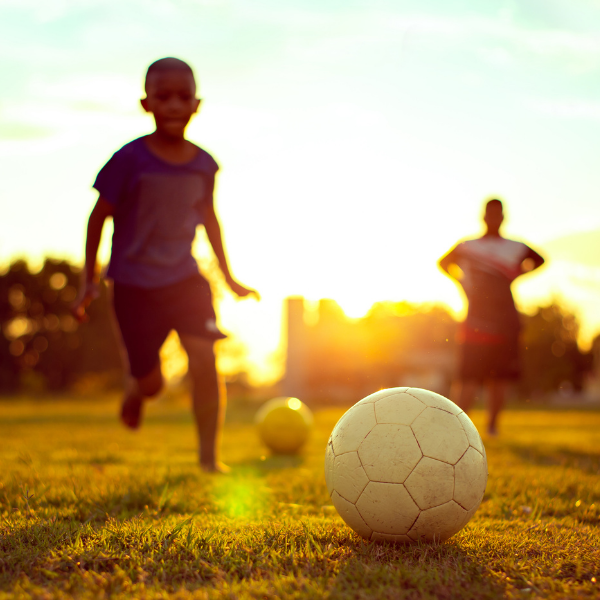
T1D Info
Healthcare Professionals
About Us
Outdoor sports, activities, and Type 1 Diabetes
Edited: 22.07.2025

Exercise is beneficial and important for everyone’s health and emotional wellbeing. When you have Type 1 Diabetes it is even more important as it helps to improve the control of your blood glucose.
Read more about exercise and the impact on your type 1 diabetes here.
One common misconception is that Type 1 Diabetes and exercise don't go together. But in reality, having Type 1 Diabetes does NOT limit your ability to exercise outside and join sports. It can help you to make new friends, find new interests and explore new places.
With good preparation and knowing what to be careful of. You can enjoy outdoor sports and activities and gain the benefits of exercise for Type 1 Diabetes!
Tell your coach or friends you have Type 1 Diabetes and make sure they know what to do in case of a low blood glucose (Hypo)/high blood glucose (Hyper).
You can even share HelloType1 to educate them!
Test your blood glucose before activity and more regularly throughout activity.
Take a snack if you need to.
Pack extra snacks and drinks including electrolytes (granola bar, sports drink or coconut).
Make sure you bring your Hypo Kit and first aid kit. Wear cotton socks and athletic shoes that fit well and are comfortable.
Another thing to consider about Type 1 diabetes and exercise is that long periods of physical activity may require extra carbohydrates and/or a reduction in insulin dose. Discuss this with your doctor or nurse.
Keep insulin at the right temperature. Read more here.
If hot; wear sunscreen/hat if needed, wear protective and breathable clothing.
If cold; wear layers of clothing and keep warm.
Be aware of Hypo and Hyper symptoms – especially during prolonged exercise.
Read more here to manage hypoglycaemia and hyperglycaemia.
After your activity, check to see how it has affected your blood glucose level and adjust insulin if needed.
After being physically active, check your feet for sores, blisters, irritation, cuts, or other injuries.
To keep the feet clean after exercise ( wash the feet, keep clean and dry, apply some lotion if needed to avoid injury)
If feet are tender; elevate them or soak them in warm water.
Call your doctor if an injury doesn’t begin to heal after 2 days.
Delayed onset hypoglycaemia can occur, dropping your blood glucose in the 6 to 15 hours after exercise.
Delayed onset hypoglycaemia can occur, dropping your blood glucose in the 6 to 15 hours after exercise.
Type, intensity and duration of exercise (see table below)

The amount of insulin left in your body (Time since last insulin injection)
Time and composition of last meal
Pre-exercise blood glucose (in general aim 7 – 10 mmol/L or 126 –180 mg/dL)1
Your fitness levels
Every person with Type 1 Diabetes reacts differently to exercise and insulin, so get to know your body!
It is common to have fluctuation of blood glucose during and after exercise.
Practice, experiment and record. Learn how your body performs when and after doing sport and outdoor activities. These are important things to consider when it comes to type 1 diabetes and exercise.
Have regular review and discussion with your doctors or nurses.
You will learn and be able to stabilise your blood glucose while enjoying the fun and benefits of exercise.